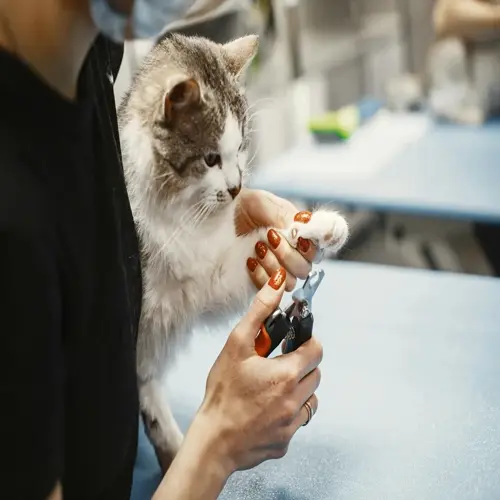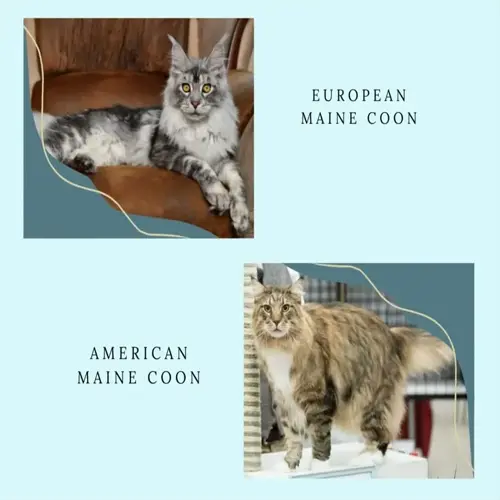What do F1, F2, and F3 mean in dog breeding?

Written by
Elin Eriksson
Reviewed by
Prof. Edward Clarke, Ph.D.When familiarizing yourself with dog breeding terms such as F1 and F2, this assists you in making informed decisions about your future pet, as these terms indicate generational relationships that affect traits and health. Their importance came to my attention when a client's F1 Goldendoodle had a coat that was far different from what one would expect from purebred parents.
F1 Generation
- First cross between two different purebred parents
- Example: Poodle mother x Labrador father
- Typically exhibits hybrid vigor with strong health
- Traits blend unpredictably from both parent breeds
F2 Generation
- Result of breeding two F1 dogs together
- Increased trait variability in coat and temperament
- May show recessive traits not visible in F1
- Example: Two Labradoodle parents producing curly/puppy
F3 Generation
- Offspring from two F2 parent dogs
- Considered multi-generational crosses
- Traits stabilize but still show variation
- Most designer breeds sold commercially
F1B Generation
- Backcross breeding: F1 x purebred parent
- Maximizes specific traits like hypoallergenic coats
- Example: Goldendoodle x Poodle for curlier fur
- Increased predictability but reduced hybrid vigor
Generational breeding strongly influences allergy considerations. F1B combinations give the most reliable hypoallergenic coats when bred to Poodles. My client, who had an F1 Cavapoo, still produced an allergic attack while her F1B sibling did not. This indicates that backbreeding improves the consistency of traits.
Temperaments vary widely across generations. The F1s are frequently well-balanced, while the F2s exhibit marked disposition traits of either parent. It is well to see the parent dogs if convenient. This is a sufficient indication of possible dispositions in the offspring.
Respectable breeders meticulously record lineage information. They offer a pedigree indicating lineage. Stay away from sellers who use non-specific terms like designer breed. If the seller cannot provide inspection information, they may not be aware of the health of the puppy's parents. Knowing your lineage can help protect you from any unforeseen health or behavioral issues that may arise.
Read the full article: 15 Dog Breed Traits You Need to Know

